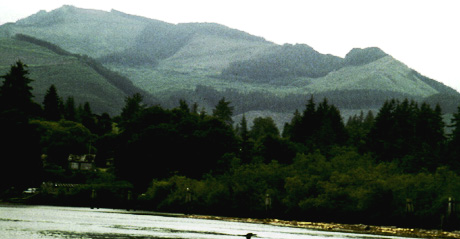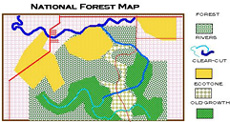 Problem
Problem 
Paz, Octavio
"How do too many values compete in Forests?"
printer friendly | Questions to answer | picture version | map
As a member of a technical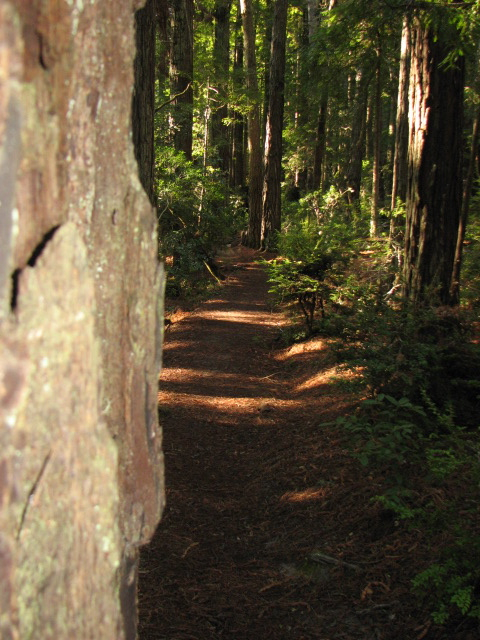 advisory committee to the local Superintendent of
the regional National Forest. The citizens committee established by the
U.S. Forest Service (NFS) to encourage participation in the decision making
process of forestry policy has demanded that the Forest Service open more
acreage to logging in order that the local mills have sufficient timber
to operate throughout the Christmas season and into the new year. The last
superintendent was transferred for saying that at current logging rates
the equivalent of 129 football fields / day disappear. What will you do
and how will you advise this superintend ant to respond to these following
issues?
advisory committee to the local Superintendent of
the regional National Forest. The citizens committee established by the
U.S. Forest Service (NFS) to encourage participation in the decision making
process of forestry policy has demanded that the Forest Service open more
acreage to logging in order that the local mills have sufficient timber
to operate throughout the Christmas season and into the new year. The last
superintendent was transferred for saying that at current logging rates
the equivalent of 129 football fields / day disappear. What will you do
and how will you advise this superintend ant to respond to these following
issues?
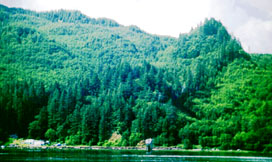 The
Unites States Forest Service [USFS] is a federal land holding agency in the Department of Agriculture with the duty under the Multiple
Use Act of 1960 to provide a variety of people access to the resources
of the forest lands including, hunters, fisherman, hikers, & lumber
companies. Merrill K. Ridd, geographer and Forest Service employee, wrote,
in 1965, that "The object of multiple use management is very simple. It
is to manage the resource complex for the most beneficial combination
of both the present and future uses." Under the 1960 Legislation Congress
enacting Public Law 86-517 states in part: "The Secretary of Agriculture
is authorized and directed to develop and administer the renewable surface
resources of the national forests for multiple use and sustained yield
of several products and services obtained therefrom." As Ridd points out
"While the doctrine of multiple use is widely accepted, there is still
some misunderstanding of how it should be accomplished." And this is why
the new superintendent has appointed you as a technical adviser to inform
the Forest Service on the best course of action.
The
Unites States Forest Service [USFS] is a federal land holding agency in the Department of Agriculture with the duty under the Multiple
Use Act of 1960 to provide a variety of people access to the resources
of the forest lands including, hunters, fisherman, hikers, & lumber
companies. Merrill K. Ridd, geographer and Forest Service employee, wrote,
in 1965, that "The object of multiple use management is very simple. It
is to manage the resource complex for the most beneficial combination
of both the present and future uses." Under the 1960 Legislation Congress
enacting Public Law 86-517 states in part: "The Secretary of Agriculture
is authorized and directed to develop and administer the renewable surface
resources of the national forests for multiple use and sustained yield
of several products and services obtained therefrom." As Ridd points out
"While the doctrine of multiple use is widely accepted, there is still
some misunderstanding of how it should be accomplished." And this is why
the new superintendent has appointed you as a technical adviser to inform
the Forest Service on the best course of action.
Selectively clear-cut forest patches on the Columbia River.
The forested area in question is 85% conifer and mixed deciduous hardwood stands covering steep slopes and some inaccessible back country canyons and mountain meadows. The area covered in aging trees includes Douglas Fir, Red Fir, Yew, Oregon Ash, Big Leaf Maple, Red Cedar, Sycamore, Sitka Spruce, Engleman Spruce, and other hardwoods. A large portion of the lands bordering the National Forest have been logged and replanted in immature lodgepole or ponderosa pine and Douglas fir. This has created a long and sinuous ecotone within the National Forest of mixed soft & hardwood conifers. The request of the citizen's advisory group would log the ecotone, an accessible swath of trees between two clusters of 500 - 1000 year old Spruce, Cedar, Yew or Fir trees, and clear an entire bank of the longest tributary stream in the National Forest.
[See the map on this page.]
Several
economic, ecological, and political facts are relevant to your decision.
Throughout the Pacific Northwest lumber operations employ over 109,000
people in logging, milling, and transport. The average wage of a mill
worker or logger is $35,000 per year. The unemployment rate in the entire
region is above the national average at about 9% and in your local area
it is closer to 13%. It is estimated that 1 out of every 4 teenagers just
out of high-school is looking for minimum-wage work.
Many
products are derived from these forested lands. In 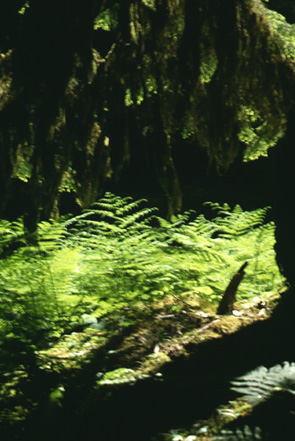 addition to timber
for construction and pulp for paper, wire grasses growing in the forests
are used by Vietnamese & Cambodian refugees to weave baskets which
they sell in flea markets. Ferns grow in dark forests and both mature
ferns are sold to florists for decorative purposes or young fiddleneck
ferns are bought by restaurants as a salad delicacy. Recently collectors
have asked the Forest Service to grant permits to gather truffles -- a
root-fungus -- that has become a lucrative trade item as gourmet ingredients
in fine food. The sustained yield of these forests is also connected to
the survival of salmon fishery stocks in the region. The salmon fishery is a $1
billion sport and commercial enterprise employing 62,000 people in the
Washington and Oregon region. Finally, four years ago, the Forest Service
had to post armed guards to stop people from stripping the bark from Yew
trees, taxus brevifolia, since the bark is a source of a cancer
fighting agent now commonly synthesized in the laboratory as taxol™.
addition to timber
for construction and pulp for paper, wire grasses growing in the forests
are used by Vietnamese & Cambodian refugees to weave baskets which
they sell in flea markets. Ferns grow in dark forests and both mature
ferns are sold to florists for decorative purposes or young fiddleneck
ferns are bought by restaurants as a salad delicacy. Recently collectors
have asked the Forest Service to grant permits to gather truffles -- a
root-fungus -- that has become a lucrative trade item as gourmet ingredients
in fine food. The sustained yield of these forests is also connected to
the survival of salmon fishery stocks in the region. The salmon fishery is a $1
billion sport and commercial enterprise employing 62,000 people in the
Washington and Oregon region. Finally, four years ago, the Forest Service
had to post armed guards to stop people from stripping the bark from Yew
trees, taxus brevifolia, since the bark is a source of a cancer
fighting agent now commonly synthesized in the laboratory as taxol™.
Ecologically speaking the "growth of the conifers in 100 - 1000 year old forests depends on a mutualistic relationship between tree roots and a class of fungi, known as mycorrhizae, that infect their roots. Unable to carry out photosynthesis, these fungi attach themselves to the roots to obtain the sugars they need. The mycorrhizae absorb water, soil nutrients and oxygen, passing these on to the trees. Antibiotic compounds in the fungi protect the tree from root pathogens and act as a protective sheath around the roots to bar parasites. The fungi produce chemicals that speed up the growth of new root hairs and tips. These two mutualistic partners, the trees and their fungi are, in turn, dependent upon symbiotic relationships with a number of small forest rodents such as squirrels, voles, and mice. These creatures feed on the fleshy collection of fungal spores -- called truffles. Once consumed the spores remain undigested, passing back into the soil to grow another generation of root fungus."
Without the decaying logs & snags about 1/3 of the mammals would die.
The endangered spotted owl feeds on these rodents and nests in old trees.
For print friendly version press here.
Pacific Northwest U.S. National Forest Map
For a larger map press the map above.
hand in the following
- Dr. Siry
- Ecological Problem Solving
- Name: ________________
What is the conflict over the forest?
To answer that question consider these parts of a thorough response:
1. How many groups of people use this forest?
2. How did this conflict over the uses of the forest occur?
3. What did you feel were the salient (key or items of over-riding importance) facts in the forest problem?
4. What was your opinion in reading page 1, or the first half?
5. What was your opinion in reading page 2, or the last half?
6. What is your recommendation to the superintendent of the National Forest?


